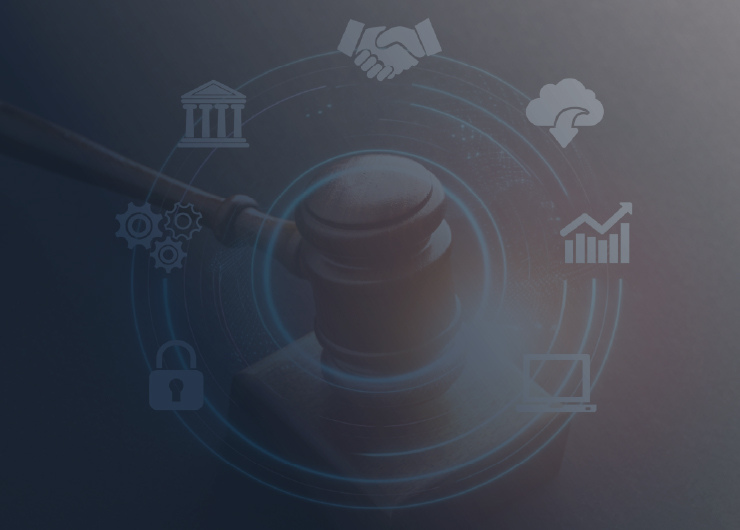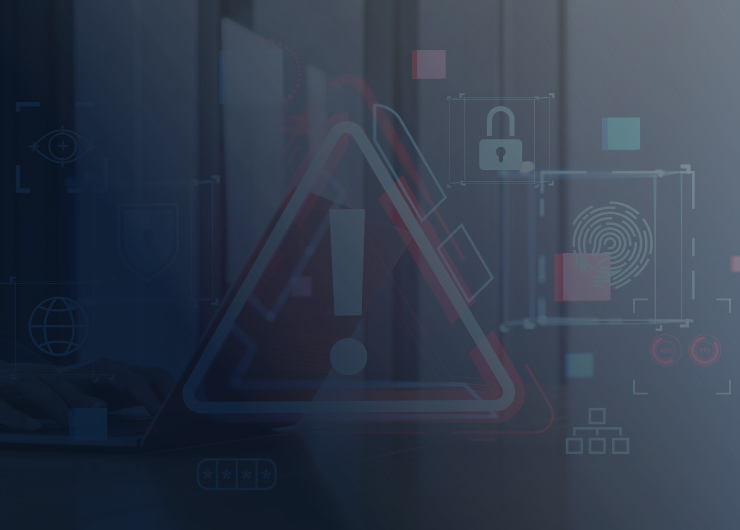Top 3 takeaways on IoT regulations and resilience
- The IoT underpins critical infrastructure and solutions such as patient monitoringand energy networks so regulators require manufacturers and solutions providers to build in continuous availability, robust cyber-defences, rapid recovery and strong data protection from the start.
- IoT legislation is designed to protect business and consumers from security threats, loss of data privacy and unsafe devices. Compliance also extends to data sovereignty and permanent roaming.
- Legislation that impacts the IoT include the EU Cyber Resilience Act, China’s Cyber Security law and the Telecom Security Acts in the USA and UK. Mature markets in Asia-Pacific (Japan, South Korea, Australia, Singapore, Malaysia, Indonesia) and Americas (Brazil, Canada, Mexico) have equivalents. In addition, there are sector and industry specific regulations.
What is IoT legislation?
IoT legislation covers the laws and regulations that apply to the IoT. The purpose of it is to protect consumers and organisations from security threats, loss of data privacy and unsafe devices. Compliance also extends to data sovereignty and rules around permanent roaming.
Cyberthreats continue to increase, and data breaches are now almost a fact of daily life. It’s no surprise then that we have seen more security legislation. Cybersecurity and resilience go hand in hand because an IoT solution that can defend against, detect and react swiftly to cyberthreats is less likely to suffer severe disruption.
Government legislation that impacts the IoT include the EU Cyber Resilience Act, China’s Cyber Security law and the Telecom Security Acts in the USA and UK. Mature markets in Asia-Pacific (Japan, South Korea, Australia, Singapore, Malaysia, Indonesia) and Americas (Brazil, Canada, Mexico) have equivalents.
In addition, there are sector and industry specific regulations that will apply according to your solution and where it is used. The GSMA Global IoT Regulations guide provides a helpful supplementary view.
Beyond legislation, there are a number of relevant standards which promote best practice. Customer organisations may insist on some of these but whether they do or not, the standards, which include ISO, ETSI, NIST and EN 18031, provide guidelines and useful frameworks for resilience and security across the many aspects of IoT, from supply chain through risk management to applications and devices.
Enterprises, OEMs and solution providers must consider the full spectrum of legislation, regulation and standards and design accordingly based on their business priorities and attitude to risk.
As the IoT becomes more embedded into systems and infrastructure, legislation is only likely to increase in scope and application. Therefore, compliance is never ‘done’, it is an ongoing, evolving demand that businesses must meet.

Current IoT legislation, regulation and standards
This table lists the legislation, regulation and standards relevant to the IoT.
| Where |
Why? |
What? |
| Supply chain |
To ensure third-party products and services comply with security standards |
ISO/IEC 27036, 28000:2022
NIST 800-161
|
| Risk management |
To manage security risks and ensure governance |
ISO/IEC 31000
ISO/IEC 22301
NIST 800-37
|
| Incident response |
Frameworks for handling and responding to cybersecurity incidents |
ISO/IEC 27017
Cloud Security Alliance (CSA)
STAR Certification
NIST SP 800-144
EN 18031
|
| Data privacy |
Regulations governing personal data protection and privacy rights |
GDPR, CCPA (California), VCDPA (Virginia) and CPA (Colorado)
ISO/IEC 27701 |
| Security management |
Overarching cybersecurity frameworks for organisational management |
ISO/IEC 27001
NIS2 Directive (EU)
NIST CSF
EN 18031
|
| Network |
Protecting communications infrastructure and data in transit |
ISO/IEC 27033
CRA and NIS2 Directive (EU)
NIST CSF
|
| Application security |
Standards and frameworks for securing software and applications |
ISO/IEC 27034
NIST 800-53 |
| Device security |
Focus on the hardware, IoT and embedded systems |
ISO/IEC 27002
EU CRA and UK PSTI
ETSI EN 303645
NIST CSF
US Cyber Trust Mark
EN 18031 |
| Cloud and infrastructure security |
Specific guidelines for securing cloud environments and infrastructure |
ISO/IEC 27017
Cloud Security Alliance (CSA)
STAR Certification
NIST SP 800-144
EN 18031 |
What IoT regulation means for your business
Legislation, regulation and standards force us to think about IoT resilience, but compliance – while essential – shouldn’t be the driving force.
Financial losses are suffered because of downtime - lost revenue, the cost of making good and potentially fines, if compliance is lacking. So acute is the risk that a Forrester study found that over a third of enterprises that suffered an IoT device breach were more likely to report costs between $5-$10 million, compared to those who had cyberattacks on non-IoT devices. It doesn’t always have to be this way. Designing solutions with the guidance and support from partners who can deliver network and cyber-resilience will help businesses avoid intense scrutiny and larger financial penalties.
Neither your business, nor your customers, can afford the IoT to be offline. When it is, your customers lose data, you lose revenue, and you risk potentially irreparable damage to your business’ reputation. For all these reasons, resilience can’t be an afterthought.

Best practice for IoT compliance
To comply with IoT regulation you must insist on the highest standards of safety, security and data protection. You must build resilience in from the very start, across all aspects of your IoT solution – the device, network, software, operational processes and cloud environment.
Compliance goes hand in hand with uptime, customer satisfaction and return on investment. Don’t view it as a hindrance, but rather a help in developing and maintaining a high quality of service.
Work closely with your communications service provider (CSP) and product/device OEMs to maximise resilience. Understand how the services and solutions they provide comply with relevant regulation. Insist on adherence to standards and industry best practices.
Take measures around:
- Infrastructure resilience – networks and systems redundancy, load-balancing, auto-scaling and automated failover
- Security – use a security framework as a checklist for identity and access management, multi-factor authentication, role-based access control, encrypted data, vulnerability scans, endpoint protection, network segmentation and patch management
- Service performance optimisation - regular capacity planning, content delivery networks, caching and edge computing
- Monitoring and predictive maintenance - AI-driven predictive analytics can anticipate failures
- Automation and orchestration – self-healing systems, automated provisioning and rapid, reliable software updates
- Disaster recovery - frequent backups and regular testing
- Change management and governance - change control procedures, version control and systems audits
- Communication and support – keep regulators and customers informed during any incidents; equip customers with self-service tools.
Get the guide
Our guide to maximising uptime for IoT includes:
- a list of regulations
- detailed questions to ask your IoT CSP
- design considerations for security
- advice on recovering from an outage.
Download for free
Wireless Logic can help with IoT resilience and regulatory requirements. Talk to our experts and start your free trial.
Frequently Asked Questions
Is the IoT regulated?
Regulations do apply to the IoT. Regulators recognise the IoT underpins critical infrastructure and solutions such as patient monitoring and energy networks so they require manufacturers and solutions providers to build in continuous availability, robust cyber-defences, rapid recovery capabilities and strong data protection from the start.
What IoT regulations are there?
Legislation that impacts the IoT include the EU Cyber Resilience Act, China’s Cyber Security law and the Telecom Security Acts in the USA and UK. Mature markets in Asia-Pacific (Japan, South Korea, Australia, Singapore, Malaysia, Indonesia) and Americas (Brazil, Canada, Mexico) have equivalents. In addition, there are sector and industry specific regulations.
How do I comply with IoT regulation?
To comply with IoT regulation you must insist on the highest standards of safety, security and data protection. Build resilience in from the start, across the device, network, software, operational processes and cloud environment. Implement infrastructure resilience, security, service performance optimisation, monitoring and predictive maintenance, automation and orchestration, disaster recovery, change management and governance and communication and support. For more information, download the free guide.





